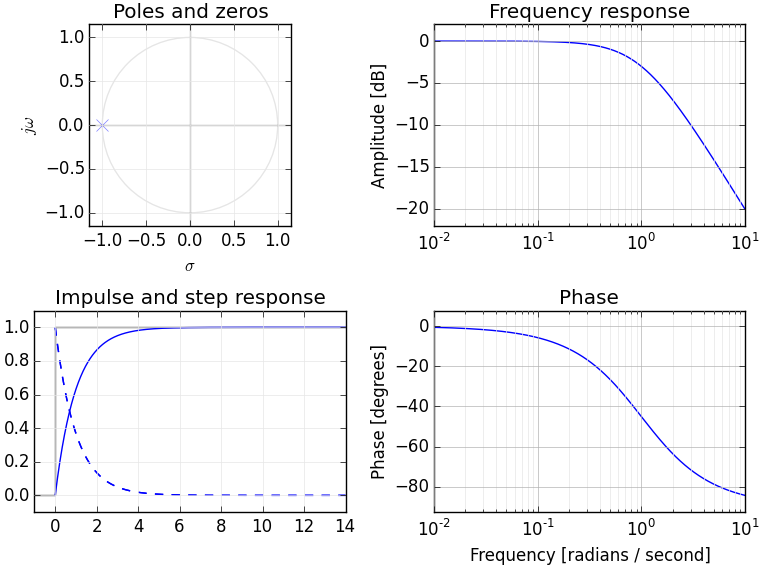Why is the fourier transform a special case of the laplace transform?
The Laplace transform produces a 2D surface of complex values, while the Fourier transform produces a 1D line of complex values. The Fourier transform is what you get when you slice the Laplace transform along the jω axis. For instance, a simple lowpass filter $H(s)=\frac{1}{s+1}$ has a single pole in the S plane to the left of the origin:

Viewed from the side, the magnitude of this Laplace transform forms a surface, with the pole acting like a tent pole that raises the amplitude to infinity at that point (and an implied zero at infinity that drops the amplitude to zero the farther away from the origin you get in any direction):

If you now take the value of the surface along the jω axis only, that's the Fourier transform. It's the red curve in the image above, which you can see forms a lowpass filter. If you moved the pole farther away from the origin, the tent would move in the same direction, and the slice along the jω axis would drop, both reducing the gain (which we compensate for by adding overall gain) and increasing the cutoff frequency. I've been meaning to make some animations of stuff like this...
http://www.maximintegrated.com/en/app-notes/index.mvp/id/733
http://dsp.stackexchange.com/a/9579/29https://dsp.stackexchange.com/a/9579/29
